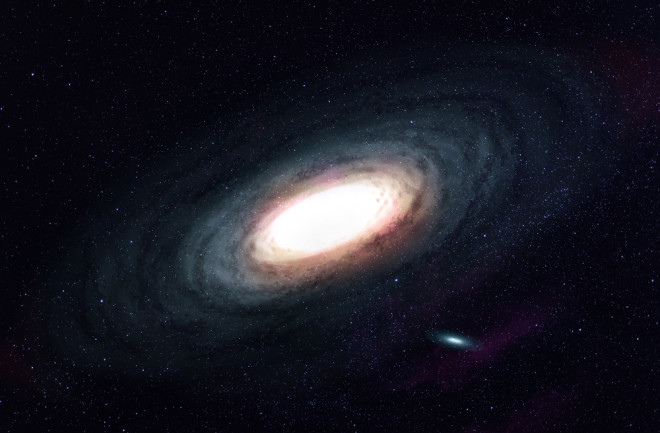Few things in the universe compare to the mystifying reputation of black holes, and a special one of these gravitational titans has just been recognized as the oldest among them all.
An international research team led by the University of Cambridge has detected the oldest known black hole through the James Webb Space Telescope. Its appearance more than 13 billion years ago — 400 million years after the big bang — has twisted traditional beliefs about black hole formation and growth. The results, published in a new study in Nature, represent “a giant leap forward” according to lead author Roberto Maiolino.
How Big Is the Black Hole?
The black hole struck researchers as an anomaly due to its sheer size, being a few million times the mass of our Sun. Prior to this observation, astronomers accepted that supermassive black holes at the center of galaxies grew over billions of years. They normally originated from what remained of dead stars, whose collapse could produce black holes about a hundred times the mass of the Sun.

